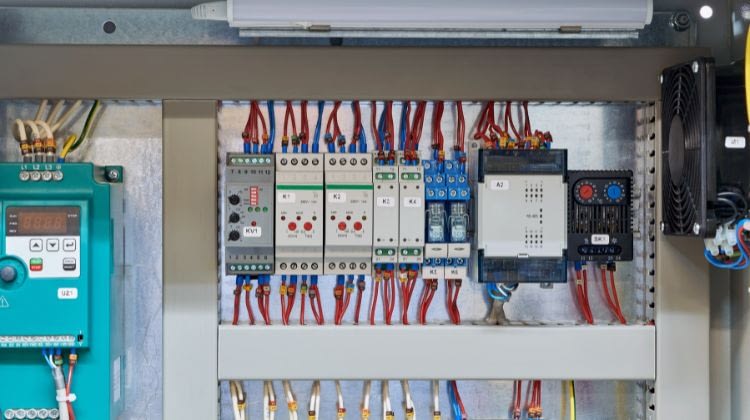
If your business works internationally, you may need a frequency converter. These valuable tools convert electronic currents into another frequency, allowing for the safe usage of devices in other regions. These machines often help maintain essential machinery components, such as fans or pumps, and they keep things running smoothly. However, it’s necessary to keep an eye on your converter. Knowing how to identify and troubleshoot the common problems of frequency converters can help prevent issues in the long run.
General Maintenance
Caring for your frequency converter involves taking a few preventative measures. Before performing any maintenance, make sure to shut down the device and use a damp cloth and detergent to clean the inner ducts and ventilation holes. You want to double-check all the cables and ensure everything is connected correctly. If you work in an industrial area with lots of dust, dirt, or other debris, then consider opening the converter and providing cleaning tips more frequently.
High Temperatures
Overheating is an issue with many devices and a common problem with frequency converters. The most frequent cause of overheating is a higher-than-normal load that might be too much on your system. Check the size of the loads going into your converter and decrease as necessary to bring it down to safer levels. If overheating persists, we recommend replacing the cooling fan, as the current one may be faulty.
Lack of Output Voltage
If you notice your frequency converter lacking output voltage, a simple troubleshooting option may be resetting the converter entirely. The problem is possibly a burned fuse if there’s still no voltage output. We recommend checking the fuses and replacing faulty ones with exact specifications. Overloading the system may have caused the fuse to blow out, and if the problem repeats, you may need to upgrade to a larger capacity frequency converter.
Using your frequency converters long-term provides many benefits for you and your company. Identifying the common problems and keeping your device maintained and updated is an essential part of working with this technology.